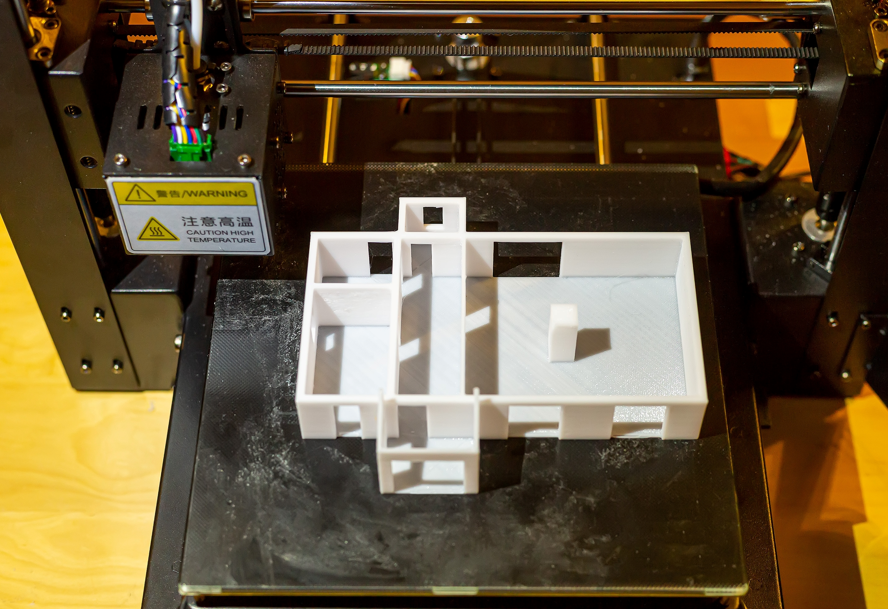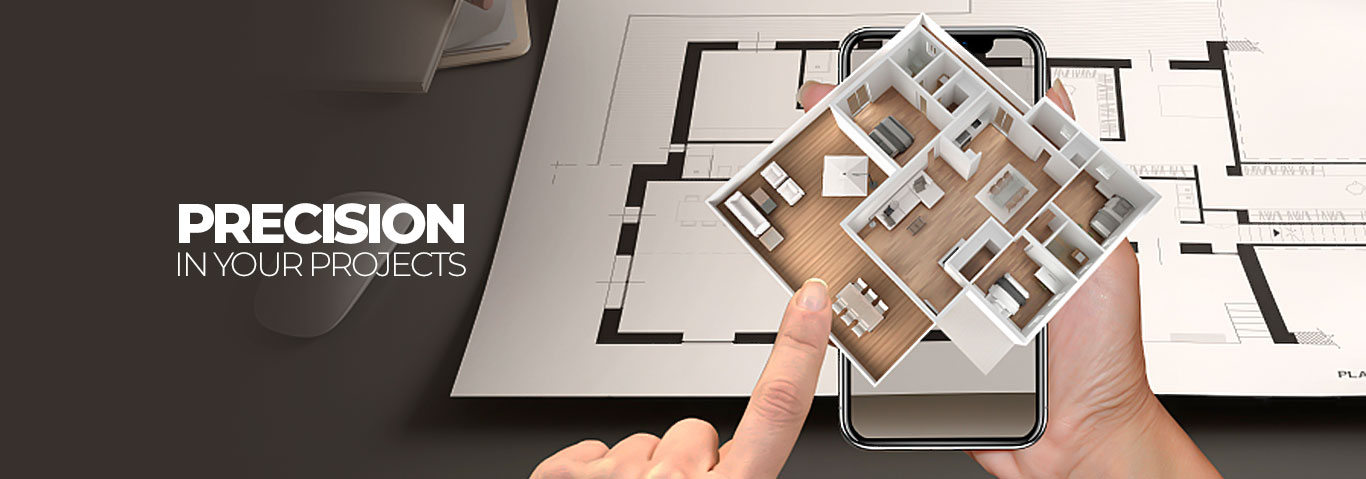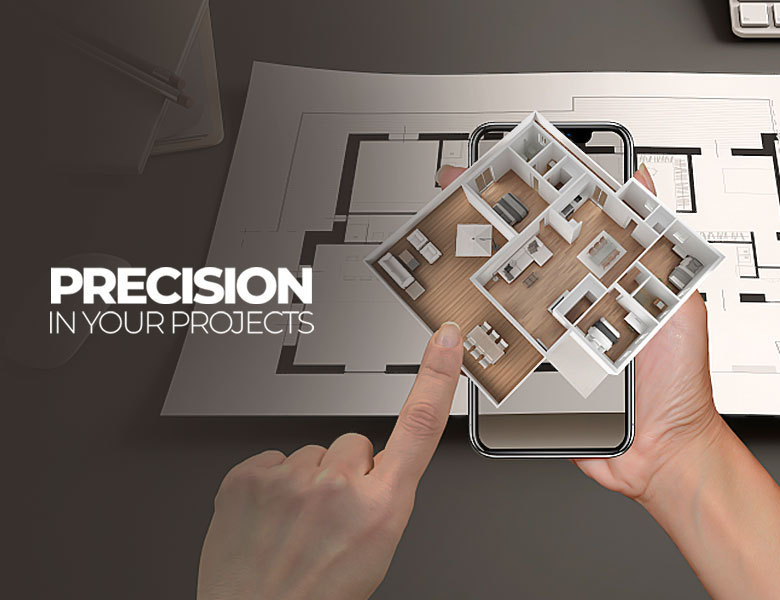
3D printing: how this technology can contribute to your work
Thanks to 3D printing, it is now possible to print small objects and even food! So why not start printing our own homes?
As technology advances, construction projects also benefit from discoveries and innovations. Therefore, there are currently several applications for 3D printing in construction. In this post, we will explore each of these applications. In addition, we’ll present the benefits of new technology for the area.
Curious? Then read the post to the end!
What is 3D printing?
For those who are not yet very familiar with 3D printing, this is a technology that prints anything in three dimensions. That is, with a certain height, width and depth. The best part of this technology is that a 3D printer can use different types of materials to make these prints.
Since the 1980s, 3D printing has revolutionized many areas of the industry. At their inception, printers worked almost exclusively for the production of parts in scale. But, over the decades, the technology’s potential was realized and it began to be applied in other areas such as electronics, medicine, dentistry, civil engineering, among others.
How can the civil industry use 3D printing?
As we have already mentioned, civil construction is one of the areas that has benefited from the use of 3D printers. Although not yet very common in the field, the equipment can be applied in the following areas:
Mockup assembly

If you need a visual representation of future development so that the client can get an idea of what the project will look like, or if you simply want to make your construction site more organized, a mockup is a great way to achieve these goals.
Several construction professionals choose to make a model with 3D printing since this is a way to save on the purchase of materials in addition to optimizing time. A complete mockup can take several days to complete, but in print, this time is drastically reduced.
Contour Crafting
Contour Crafting is an innovation developed by the University of Southern California, which allows the automated construction of more complex structures such as homes. This technology is called contour crafting because it prints the design layer by layer by contouring the structure.
In addition, the printer also assembles other structures that cannot be printed together with the structure of the house or building. Such as tiles, electrical installations, and plumbing, among others.
Concrete printing
One of the biggest innovations regarding the use of 3D printing in civil construction is concrete printing. As the name suggests, this technology uses a 3D printer to print mortar and cement.
Although it does not completely replace the original construction techniques, the innovation is a way to raise a structure faster and cheaper. In addition, concrete printers are portable so they can be transported anywhere on the project without much effort.
Benefits of 3D printing in construction
We have already presented the main applications of 3D printing in civil construction, so now it is easier to understand the benefits of technology for the area. Among the main advantages we can mention:
- Less waste of resources, since there is more precision in the use of materials;
- Possibility of developing more elaborate and innovative works;
- Savings in hiring labor for work;
- Reduction of work time.
Challenges of 3D printing in civil construction
Despite having several benefits for the construction industry, 3D printing still has some resistance from professionals. Since this is still an area that uses a lot of artisanal labor for the construction of enterprises.
Not to mention that the use of printers requires an initial investment, both in terms of purchasing machines and training employees, logistics, storage, and maintenance of parts.
It is worth mentioning that, for now, the printers only produce building structures and other elements still need to be integrated.
Also read: The use of drone in civil construction







